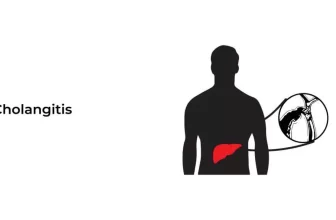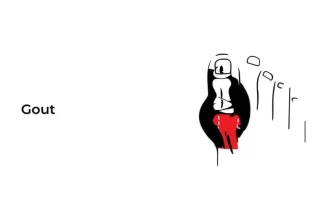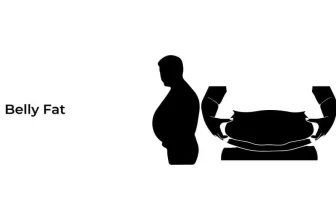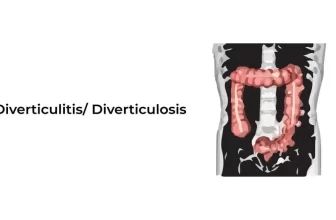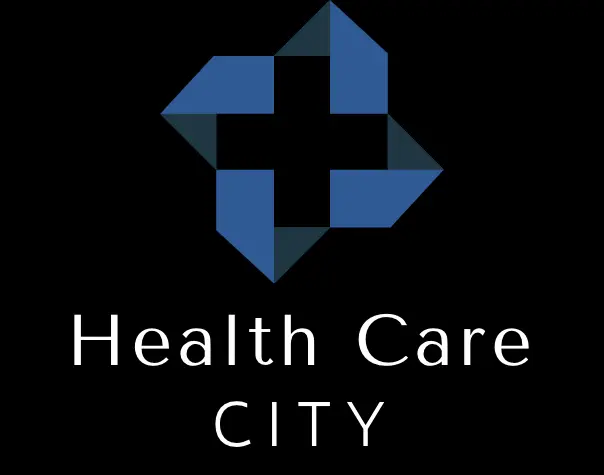Serratus Posterior Muscle: Anatomy, Function, and Complications
Serratus posterior(SP) muscles are an important group of paired muscles located at the junction of the thoracic and lumbar regions. They connect the upper and lower extremities to the vertebral column and are responsible for facilitating the process of respiration.
In this article, we’ll discuss the origin, insertion, function, and complications of the two types of SP muscles:
- The SP Superior muscle
- The SP Inferior muscle
Origin and insertion:
The SP muscle is known as the spinocostal muscle because these muscles obliquely travel from the spinous processes of vertebrae to ribs.
The Serratus Posterior Superior muscle (SPS Muscle):
The SPS muscles begin from the nuchal ligament in the form of a thin tendinous sheet and spinous processes of vertebrae C7-T3. The muscle fiber of SPS muscles extends towards the post thoracic cages in an inferolateral direction. The SP muscle is also associated with the supraspinous ligaments. The muscle is inserted onto the posterosuperior part of ribs 2 to 5 in the shape of four fingers like projection and lateral angles.
The Serratus Posterior Inferior muscles (SPI Muscle):
The SPI Muscle begins from the spinous process of the vertebrae T11-L2 and their supraspinous ligaments. From this point, this muscle rises anterolaterally and inserts the anteroposterior aspect of ribs 9 to 12 with lateral angles.
Relation:
- The SPS muscle is present in a superficial position on the thoracolumbar fascia’s thoracic part, from where it extends to cover the splenius cervicis. This muscle is present deep in the trapezius muscle and rhomboids.
- The muscle of the SPI is present in a superficial position thoracolumbar fascia and erector spinae muscle group. This muscle is present deep in the latissimus dorsi muscle and pierced by the lateral branches of the T7-T12 spinal thoracic nerves.
Innervation: The innervation of serratus posterior superior (SPS) muscles is done by intercostal nerve T2-T5. On the other hand, the innervation of serratus posterior inferior (SPI) muscle is done by subcostal nerves and the anterior rami of T9-T11 spinal nerves.
Blood supply: The SP muscles receive the blood supply from the posterior intercostal arteries. Whereas it receives the additional blood supply from the upper lumber and subcostal arteries.
Function: Though the function of the serratus posterior muscle is still debatable, the general thought is that the primary function of these SP muscles is to ease the process of respiration. The serratus posterior superior (SPS) muscle uplifts the rib cage and helps the inspiration process. On the other hand, the serratus posterior inferior (SPI) muscle pulls down the rib cage and helps in the expiration process. Therefore, these two muscles play a significant role in the smooth respiration process.
Complications: Myofascial pain syndrome is the complication or problem caused by overlapping serratus posterior muscles (inferior and superior muscles both) with other muscles present over them, as they both lie in the deeper layer. Myofascial pain syndrome is associated with the inflammation and irritation of muscles. The pain in the serratus posterior superior (SPS) muscle starts from the back of the shoulder and runs to the elbow and on the ulnar side of the wrist. The patient feels this pain all around the chest and inner arm. While on the other hand, serratus posterior inferior (SPI) pain is accrued in a specific place and doesn’t have any preferred pattern. This problem is caused due to improper posture or inappropriate use of muscle, for example, holding your phone between your ears and shoulder for a long time. You can quickly treat this problem by self-massaging through a massage ball or trigger fairy.
References:
- https://youtu.be/i7g5xis0kwY retrieved on April 09, 2022.
- https://www.physio-pedia.com/Serratus_posterior retrieved on April 09, 2022.
- https://www.kenhub.com/en/library/anatomy/serratus-posterior-muscles retrieved on April 09, 2022.
- https://www.physiopedia.com/index.php?title=Serratus_posterior&veaction=edit§ion=7 retrieved on April 09, 2022.



